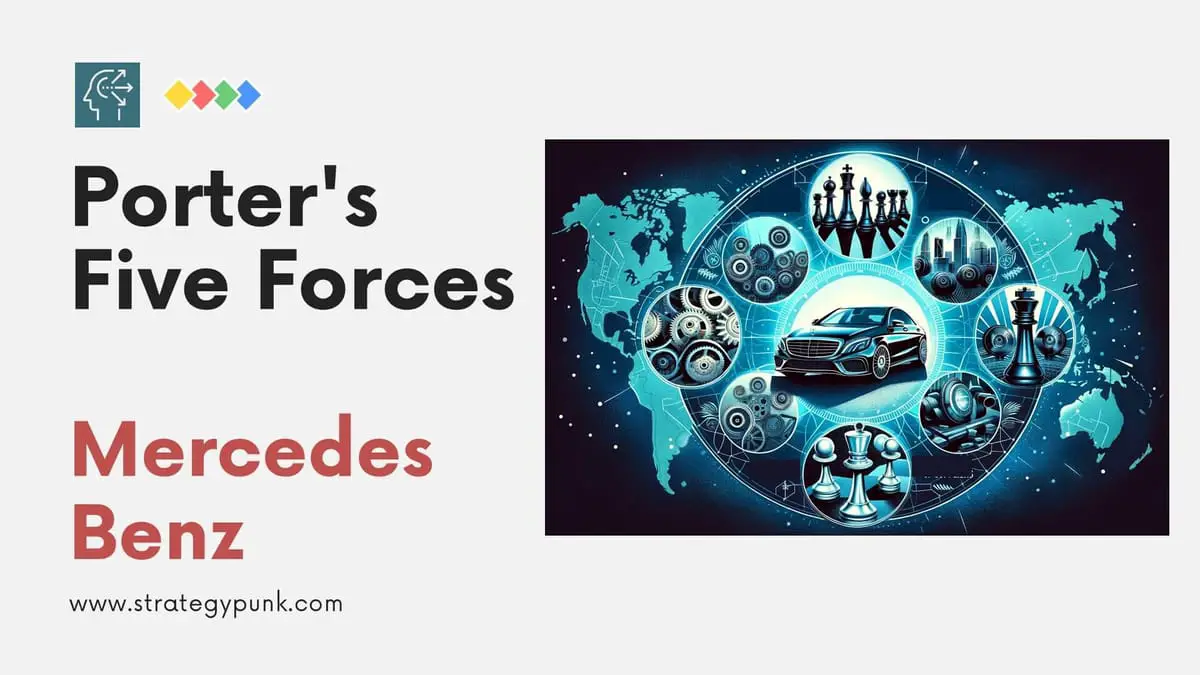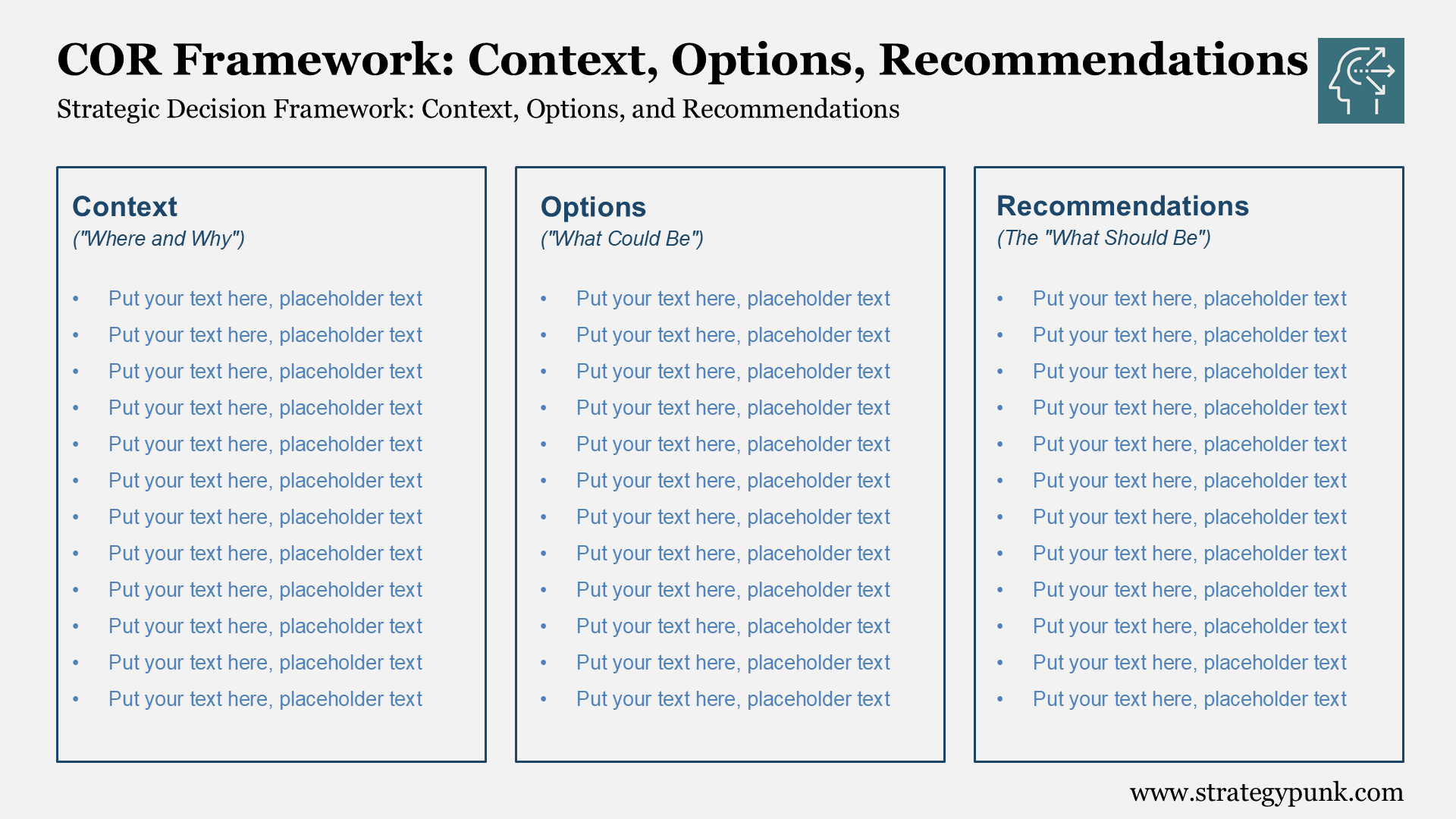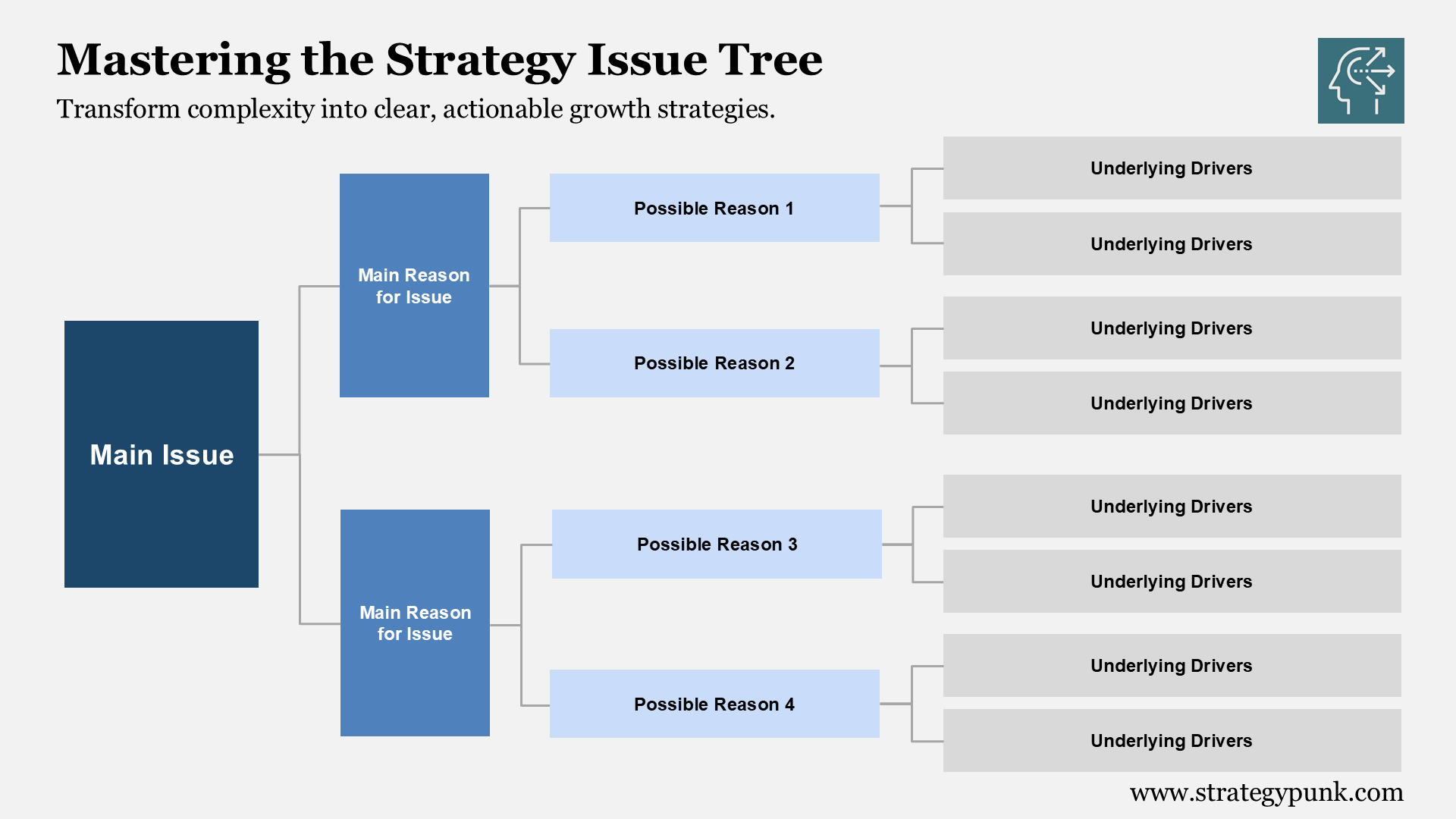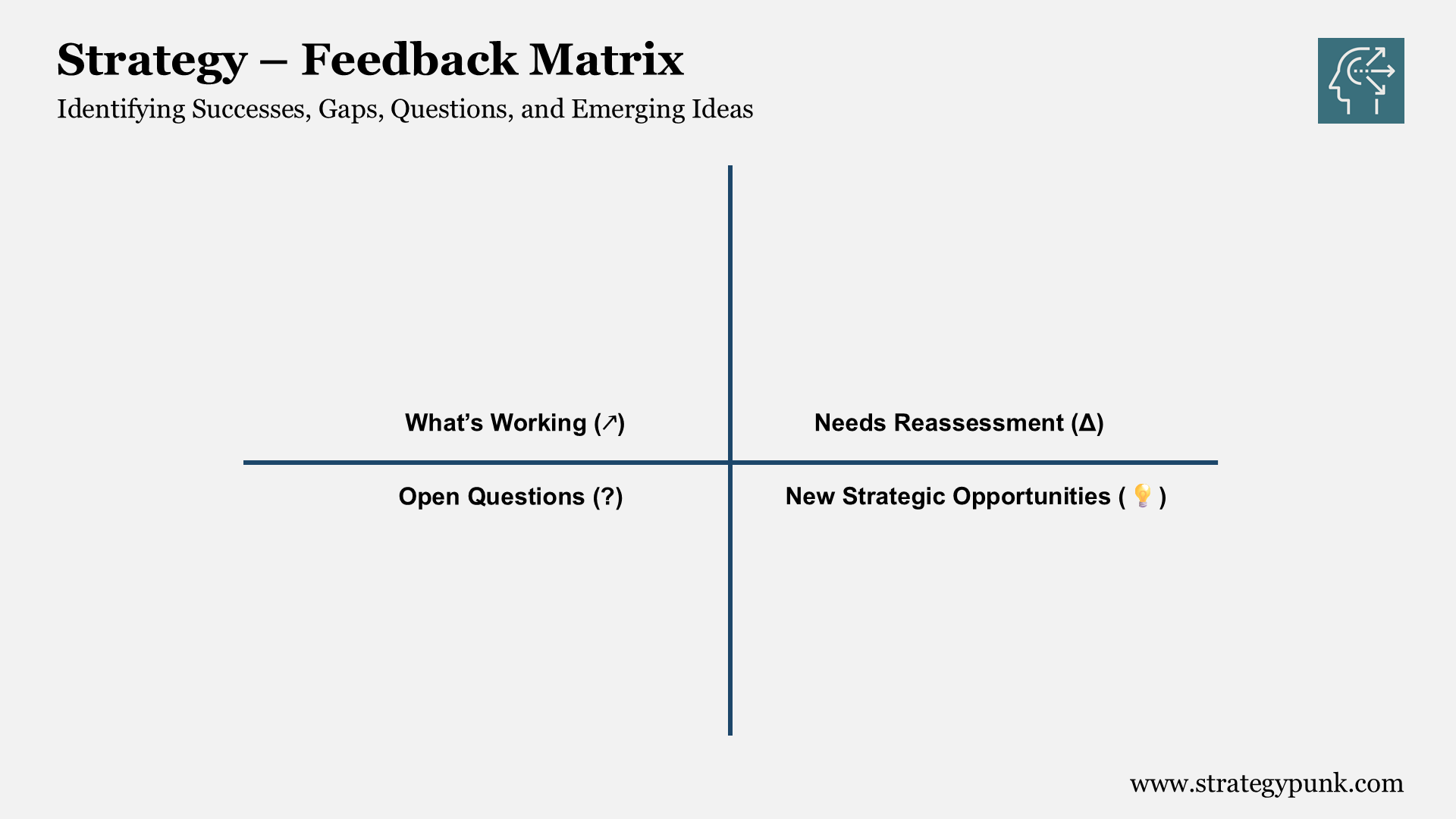Mercedes-Benz PESTLE Analysis: Adapting to a Shifting Landscape (Free PPT)
Dive into the dynamic world of luxury automotive strategy with our in-depth blog post on Mercedes-Benz's PESTLE Analysis.
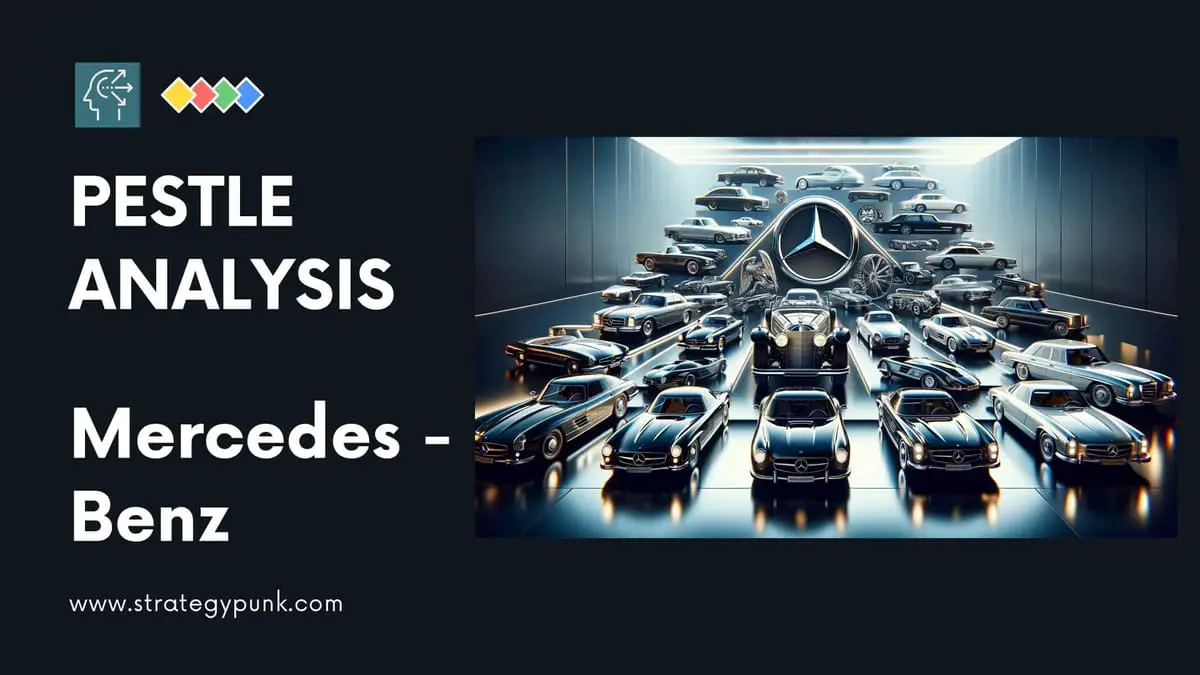
In this insightful blog post, we delve deep into Mercedes-Benz's world, exploring the various Political, Economic, Social, Technological, Legal, and Environmental (PESTLE) factors that influence this automotive giant's strategic decisions and market position.
As industries continue to evolve and new challenges emerge, understanding these dimensions is crucial for stakeholders and enthusiasts alike. To enhance your analysis and presentation needs, we are offering a free PDF and PPT template that beautifully encapsulates the critical findings of our Mercedes-Benz PESTLE analysis.
Whether you're a student, analyst, or passionate about the automotive industry, these resources will provide a comprehensive and visually engaging overview of the factors shaping Mercedes-Benz's future.
Introduction
Imagine cruising down the Autobahn in a sleek, powerful Mercedes-Benz - the epitome of German automotive engineering. This iconic luxury brand has captivated car enthusiasts worldwide for over a century with its cutting-edge technology, premium craftsmanship, and unparalleled performance. However, in today's rapidly evolving business landscape, even a titan like Mercedes-Benz must navigate a complex web of external factors to maintain its competitive edge.
This in-depth PESTLE analysis will examine the Political, Economic, Social, Technological, Legal, and Environmental forces shaping Mercedes-Benz's future. Buckle up and join us on this fascinating journey through the automotive industry's ever-shifting terrain.
Mercedes-Benz PESTLE Step-by-Step Analysis
Mercedes-Benz Political Factors
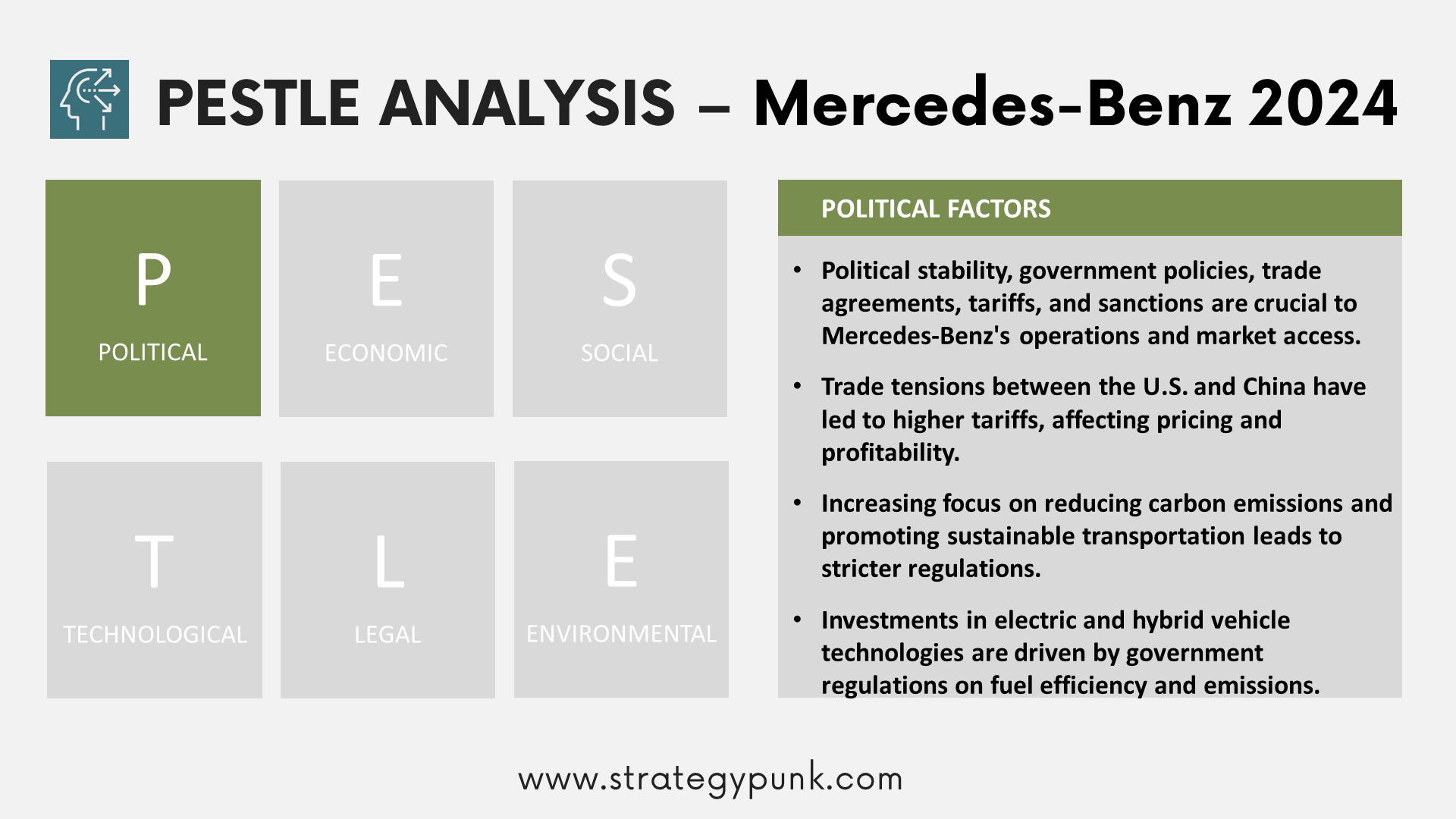
Political stability and government policies are crucial in Mercedes-Benz's global operations. Trade agreements, tariffs, and sanctions can significantly impact the company's supply chain and market access. For instance, the ongoing trade tensions between the U.S. and China have increased tariffs on imported vehicles, affecting Mercedes-Benz's pricing strategy and profitability in these key markets.
Moreover, governments worldwide increasingly focus on reducing carbon emissions and promoting sustainable transportation. This has led to stricter fuel efficiency and emissions regulations, pushing automakers like Mercedes-Benz to invest heavily in electric and hybrid vehicle technologies.
Summary:
- Political stability, government policies, trade agreements, tariffs, and sanctions are crucial to Mercedes-Benz's operations and market access.
- Trade tensions between the U.S. and China have increased tariffs, affecting pricing and profitability.
- Increasing focus on reducing carbon emissions and promoting sustainable transportation leads to stricter regulations.
- Government regulations on fuel efficiency and emissions drive investments in electric and hybrid vehicle technologies.
Mercedes-Benz Economic Factors

Economic factors such as GDP growth, inflation rates, and consumer purchasing power directly influence the demand for luxury vehicles. In times of economic prosperity, consumers are more likely to splurge on high-end cars like Mercedes-Benz. Conversely, during recessions or financial crises, sales of luxury vehicles often take a hit as buyers become more cautious with their spending.
Currency fluctuations also impact Mercedes-Benz's profitability, as the company operates in multiple countries with different exchange rates. A strong euro, for example, can make Mercedes-Benz vehicles more expensive in foreign markets, potentially dampening demand.
Summary:
- GDP growth, inflation rates, and consumer purchasing power significantly influence luxury vehicle demand.
- Economic downturns lead to reduced sales as consumers become cautious with spending.
- Currency fluctuations impact profitability due to operations in various countries.
- A strong euro may dampen demand by making vehicles more expensive in foreign markets.
Mercedes-Benz Social Factors

Shifting consumer preferences and demographic changes are reshaping the automotive landscape. As millennials and Gen Z become more of the car-buying population, Mercedes-Benz must adapt its marketing strategies and product offerings to appeal to these tech-savvy, environmentally-conscious generations.
Additionally, the rise of ride-sharing services like Uber and Lyft has led to a decline in car ownership among younger consumers. Mercedes-Benz has invested in mobility services such as car-sharing and subscription-based ownership models to stay environmentally conscious and relevant.
Summary:
- Shifting consumer preferences and demographic changes necessitate adaptations in marketing and product offerings.
- The rise of ride-sharing services results in declining car ownership among younger consumers.
- Investments in mobility services to adapt to environmental consciousness and changing consumer behaviors.
- Focus on appealing to tech-savvy, environmentally conscious millennials and Gen Z.
Mercedes-Benz Technological Factors
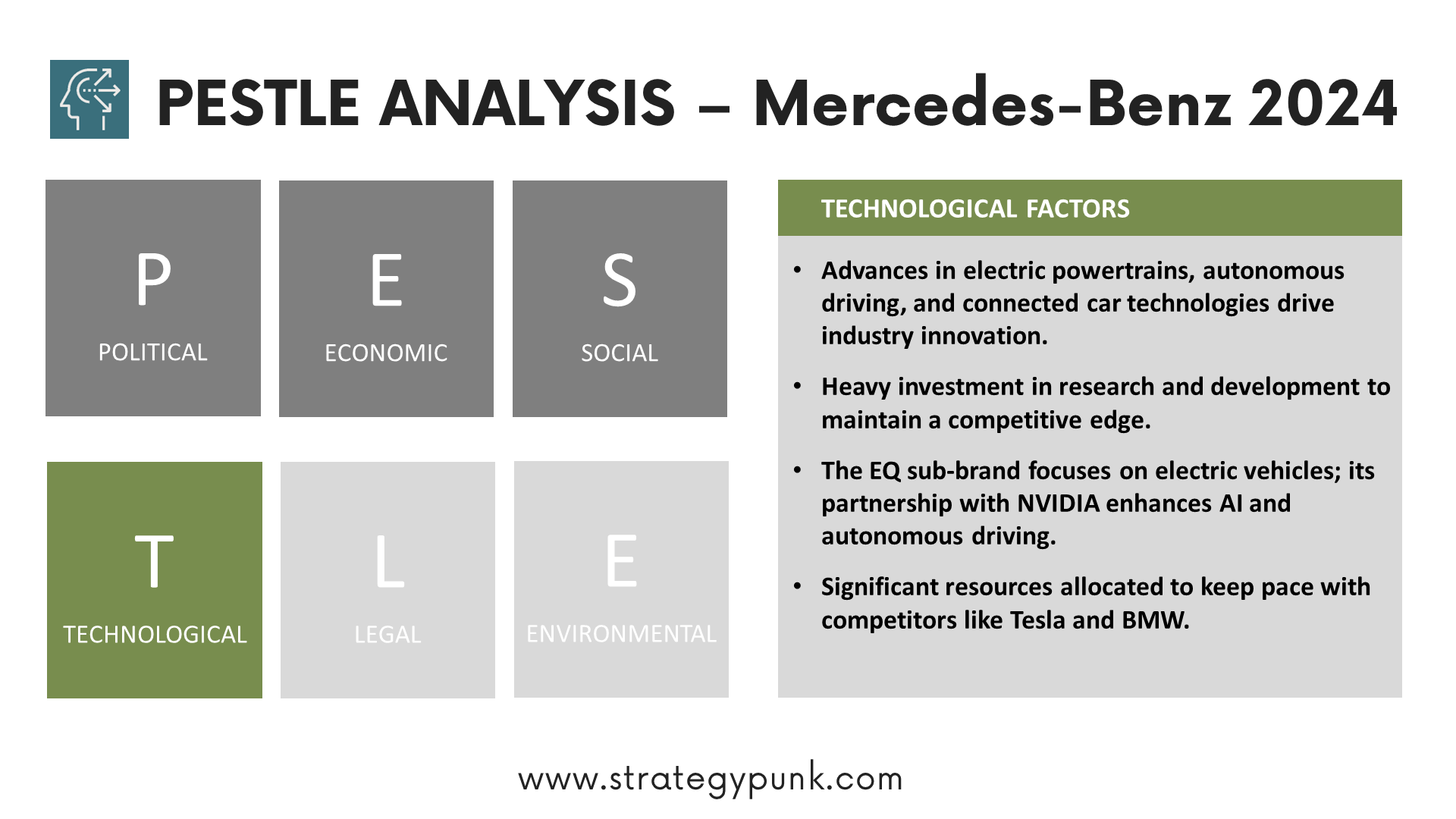
The automotive industry is undergoing a technological revolution, with advancements in electric powertrains, autonomous driving, and connected car technologies. Mercedes-Benz has been at the forefront of this innovation, investing heavily in research and development to stay ahead of the curve.
The company's EQ sub-brand focuses on developing and producing electric vehicles, while its partnership with NVIDIA aims to bring advanced AI and autonomous driving capabilities to future models1. However, this technological arms race comes at a cost, as Mercedes-Benz must allocate significant resources to keep pace with competitors like Tesla and BMW.
Summary:
- Advances in electric powertrains, autonomous driving, and connected car technologies drive industry innovation.
- Heavy investment in research and development to maintain a competitive edge.
- The EQ sub-brand focuses on electric vehicles; its partnership with NVIDIA enhances AI and autonomous driving.
- Significant resources allocated to keep pace with competitors like Tesla and BMW.
Mercedes-Benz Legal Factors

Compliance with safety regulations, emissions standards, and consumer protection laws is paramount for Mercedes-Benz. Failure to meet these legal requirements can result in hefty fines, product recalls, and reputational damage.
The Dieselgate scandal involved several automakers using defeat devices to cheat on emissions tests, underscoring the importance of adhering to environmental regulations. While Mercedes-Benz was not directly implicated in the scandal, the company has faced increased scrutiny and has had to invest in cleaner diesel technologies to maintain consumer trust.
Summary:
- Compliance with safety, emissions, and consumer protection laws is critical to avoid fines and reputational damage.
- Increased scrutiny and investment in cleaner technologies following industry-wide emissions scandals.
- The importance of adhering to environmental regulations to maintain consumer trust.
- Legal requirements shape product development and compliance strategies.
Mercedes-Benz Environmental Factors

Climate change and the push for sustainability are transforming the automotive industry. Governments worldwide are setting ambitious targets for reducing greenhouse gas emissions, and consumers increasingly demand eco-friendly vehicles.
Mercedes-Benz has committed to achieving carbon neutrality by 2039 to address these environmental concerns. The company also invests heavily in electric vehicle production and plans to offer an electric version of every model.
Additionally, Mercedes-Benz is exploring circular economy principles, such as using recycled materials in vehicle production and developing more efficient battery recycling processes.
Summary:
- Climate change and sustainability goals influence industry transformation.
- Commit to carbon neutrality by 2039 and offer electric versions of all models by 2022.
- Investment in electric vehicle production and circular economy principles.
- Focus on using recycled materials and improving battery recycling processes.
Conclusion
The Mercedes-Benz PESTLE analysis reveals a complex web of external factors influencing the company's operations and strategic direction. From navigating geopolitical tensions and economic uncertainties to adapting to changing consumer preferences and technological disruptions, Mercedes-Benz must remain agile and innovative to maintain its position as a leader in the luxury automotive market.
By investing in electric vehicle technologies, autonomous driving capabilities, and sustainable production practices, Mercedes-Benz is positioning itself for success in a rapidly evolving industry. However, the company must also remain vigilant in complying with legal and environmental regulations and address younger car buyers' unique needs and preferences.
As we look to the future, one thing is sure: Mercedes-Benz's road ahead will be filled with challenges and opportunities. But with its rich heritage of innovation, engineering excellence, and unwavering commitment to quality, this iconic brand is well-equipped to navigate the twists and turns of the ever-changing automotive landscape. So sit back, relax, and enjoy the ride — the best is yet to come for Mercedes-Benz.
Mercedes-Benz PESTLE Analysis PowerPoint Template
free and fully editable Mercedes-Benz PPT template
Dive into Mercedes-Benz's comprehensive world with our free PDF and PowerPoint template, explicitly designed to conduct a detailed PESTLE analysis of this iconic automotive brand.
Whether you're a student, analyst, or enthusiast, this template offers a structured and visually appealing way to explore the political, economic, social, technological, legal, and environmental factors influencing Mercedes-Benz's operations and strategies.
Mercedes-Benz PESTLE Analysis PowerPoint Template
Mercedes-Benz PESTLE Analysis PDF Template
Discover more
Clickworthy Resources
The Basics of a PEST / PESTLE Analysis: A Complete Guide (Plus FREE Template)
The Basics of a PEST / PESTLE Analysis: A Complete Guide (Plus FREE PowerPoint and Google SlidesTemplate)

SWOT Analysis of Mercedes-Benz: Free Templates and In-Depth Insights 2025
In the ever-evolving landscape of the luxury automotive industry, Mercedes-Benz continues to be a beacon of excellence and innovation. Our latest SWOT Analysis for 2025, available as a free PowerPoint download, meticulously examines the brand's current standing and future trajectory.
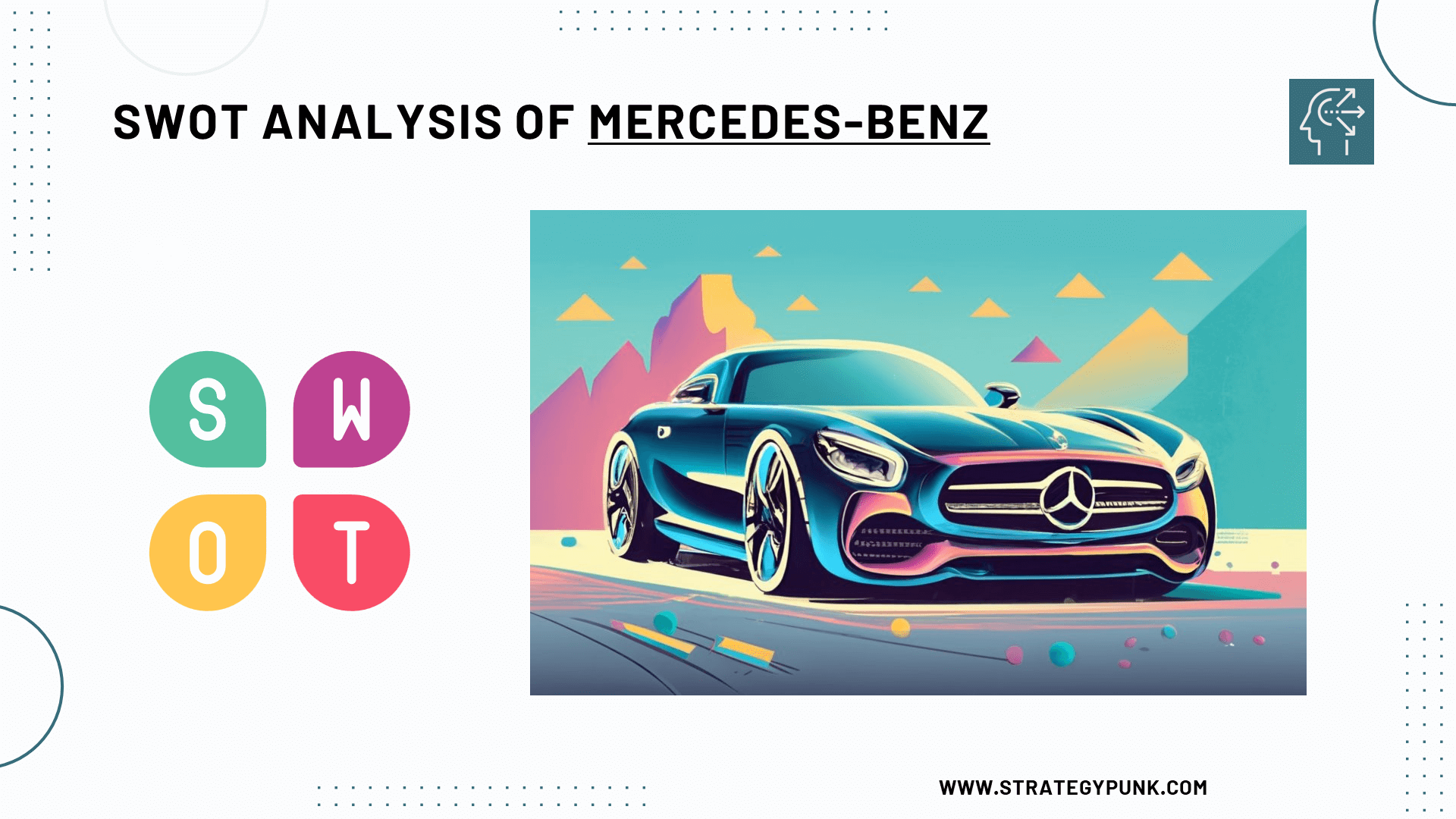
Porter's 5 Forces Analysis for Mercedes Benz: Free PPT Template 2025
Explore our in-depth 2025 analysis of Mercedes-Benz using Porter's 5 Forces. Gain strategic insights with our free PowerPoint template on luxury auto trends, competitive dynamics, and market strategies.
